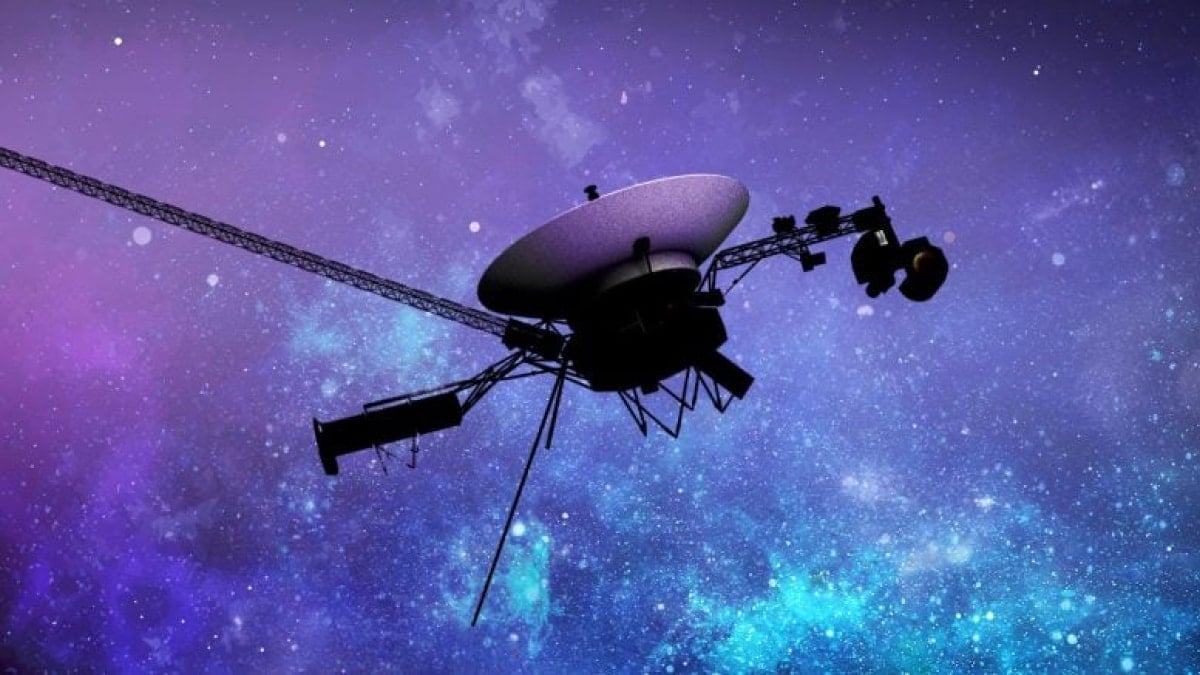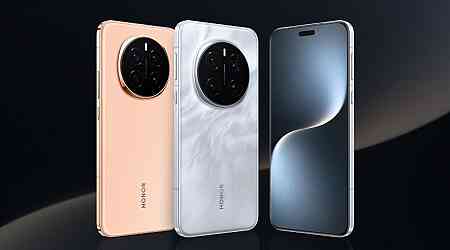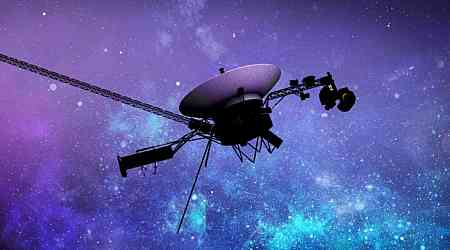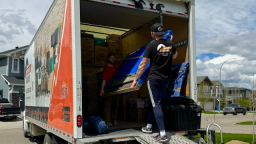NASA's Voyager 1 spacecraft, which has been journeying through space for over 47 years, recently experienced a brief interruption in communication. On October 24, engineers at NASA's Jet Propulsion Laboratory (JPL) in California regained contact with Voyager 1. The interruption was caused by a shutdown of one of its transmitters, likely triggered by the spacecraft's fault protection system, which powers down certain systems when power usage is too high. This incident has raised new challenges for NASA, as communicating with a spacecraft over 15 billion miles away presents unique technical difficulties.
Fault Protection System Triggers Shutdown
Engineers identified the fault protection system as the probable cause behind the transmitter shutdown. This system conserves energy by turning off non-essential equipment, which ensures the spacecraft can continue its mission despite limited power reserves. On October 16, JPL engineers sent a command to activate a heater on Voyager 1. However, instead of responding as expected, the command appeared to overload the system. By October 18, signals from Voyager 1 had faded, indicating an issue had occurred.
Communication Restored but Challenges Persist
After a series of attempts, the team discovered that Voyager 1's fault protection system had switched the spacecraft to a second, lower-power transmitter. The spacecraft's usual communication system, known as the X-band, had been disabled, causing Voyager to switch to an S-band transmitter. The S-band transmitter, which had not been used since 1981, operates at a different frequency and transmits a weaker signal. This switch complicated the reconnection efforts, but engineers at the Deep Space Network managed to locate Voyager's faint S-band signal on October 19.
NASA's Plan to Stabilise Voyager 1
NASA engineers have opted to avoid switching back to the X-band transmitter until they can determine what activated the fault protection system. On October 22, they confirmed that the S-band is stable and are now analysing data to identify the root cause. With over 47 years of service, both Voyager 1 and its twin Voyager 2 remain the only probes operating in interstellar space. Their advanced age presents technical challenges, but NASA's team remains committed to maintaining contact with these historic spacecraft as they continue their journey through the cosmos.































